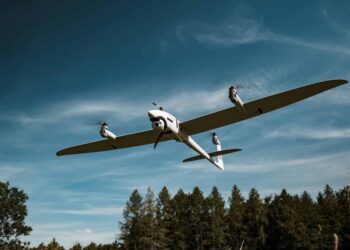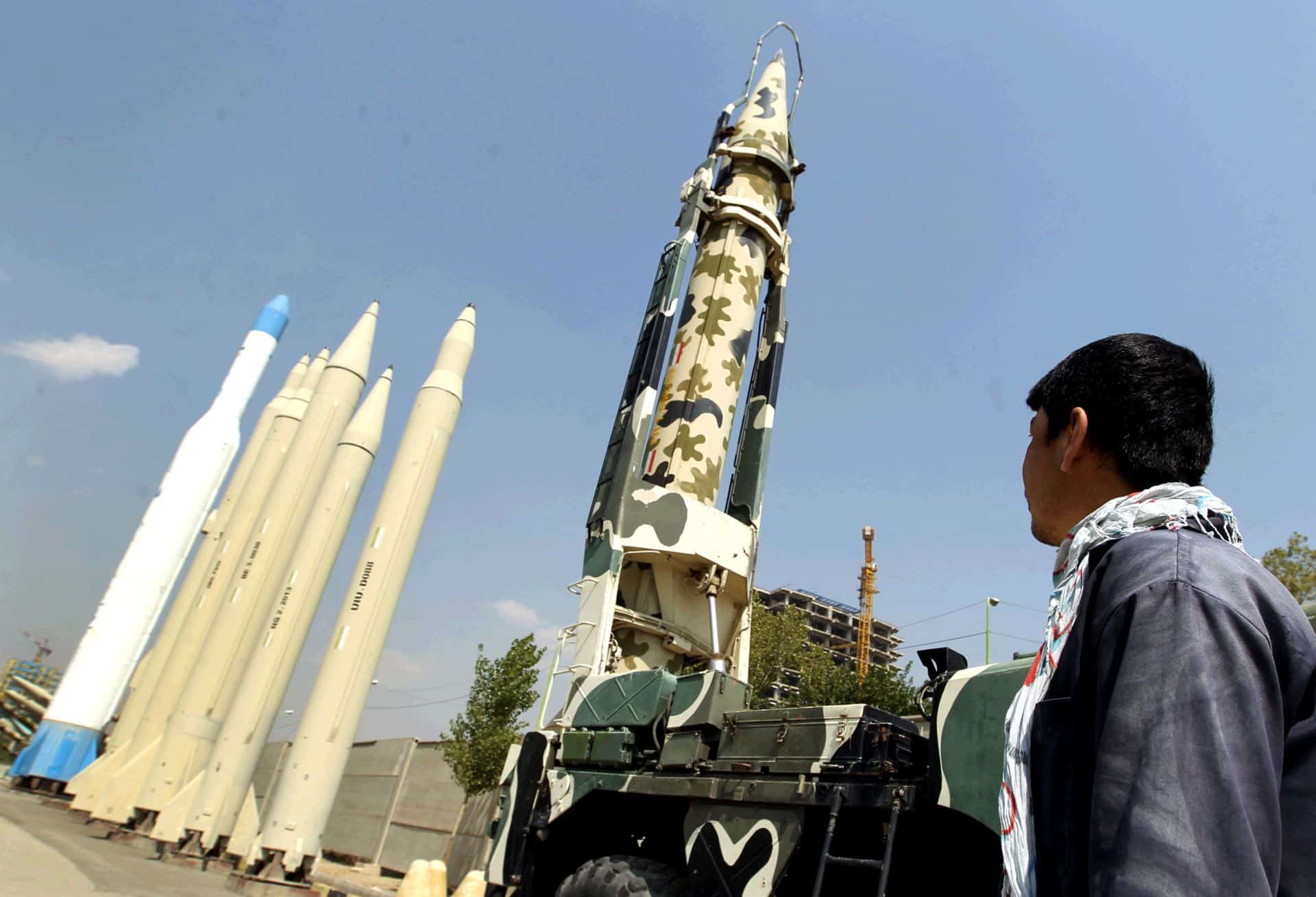Lockheed Martin, OWEGO, NY: The Lockheed Martin-led A-10 Prime Team has delivered a new weapons delivery system to the U.S. Air Force's A-10C flight-test program. Called the Digital Stores Management System (DSMS), the new system is integrated with the Sniper and LITENING targeting pods to give the aircraft a 'smart' weapons capability for its close air support role.
“The new system automates many of the weapons control functions that A-10 pilots today perform manually,” said Roger Il Grande, A-10 program director at Lockheed Martin Systems Integration – Owego. “Integrated with either targeting pod, the DSMS will vastly improve an A-10 pilot's ability to identify targets, and provide laser guidance of precision air-to-ground weapons.”
The U.S. Air Force has designated the Joint Direct Attack Munitions and the Wind Corrected Munitions Dispenser guidance kits for the A-10C aircraft. Each kit converts existing free-fall bombs into accurately guided “smart” weapons, allowing pilots to attack from higher altitudes and in adverse weather conditions.
The Prime Team delivered the latest DSMS software to U.S. Air Force flight test as scheduled. The Air Force has been conducting flight-testing of the A-10C at Eglin Air Force Base, FL, and at Nellis Air Force Base, NV, since early 2005. Deployments of A-10C aircraft to operational squadrons will begin in early 2007.
The DSMS weapons capability is the latest in a series of upgrades delivered by the Prime Team for the A-10 Precision Engagement (PE) program. PE includes a new cockpit instrument panel with two 5×5-inches multi-function color displays, a new stick grip and right throttle to provide true hands-on-throttle and-stick (HOTAS) fingertip control of aircraft systems, and six weapons pylons upgraded to precision weapons-capability. Lockheed Martin is delivering the cockpit hardware as kits to the Air Force for installation by the depot at Hill Air Force Base, UT.
Using the HOTAS, the pilot can designate the targeting pod to monitor an area of interest, confirm target identification, and provide laser guidance to the weapon, whether from the same aircraft or another airborne platform.
Integration of the targeting pods and DSMS took place in Lockheed Martin's state-of-the-art A-10 Systems Integration Lab (SIL) in Owego, NY, where A-10 pilots validated and refined the mechanization of the upgrade before official release of the software to ground and flight test. “The pilot reviews saved significant ground and flight test time,” said Il Grande.
Built by Lockheed Martin in 2003, the SIL duplicates the aircraft's wiring and cabling infrastructure, and is outfitted with actual weapon hardware, missile seekers, suspension racks and rocket launchers to emulate an A-10 aircraft on the flight line.
As A-10 prime contractor and systems integrator under the direction of the Air Force A-10 program office (508th Attack Sustainment Squadron), Lockheed Martin Systems Integration – Owego leads a team composed of BAE Systems, Johnson City, NY; Southwest Research Institute, San Antonio, TX; and Northrop Grumman Corporation, St. Augustine, FL.
Headquartered in Bethesda, Md., Lockheed Martin employs about 135,000 people worldwide and is principally engaged in the research, design, development, manufacture, integration and sustainment of advanced technology systems, products and services. The corporation reported 2005 sales of $37.2 billion.
Germany says adding explosive drones to weapons arsenal
Germany said Friday it would buy explosive drones for the first time as Berlin boosts investments in its armed forces...









